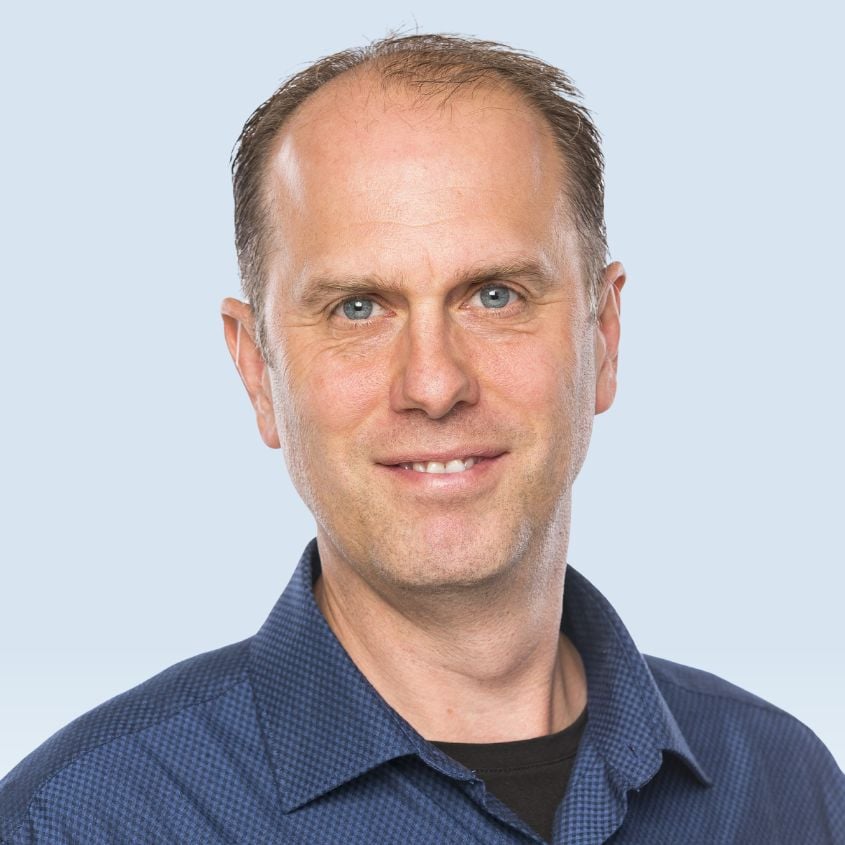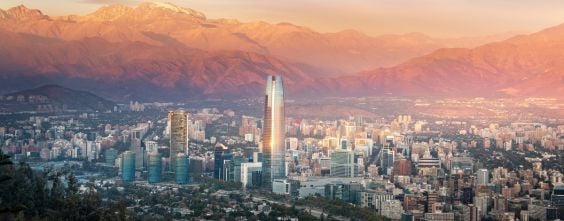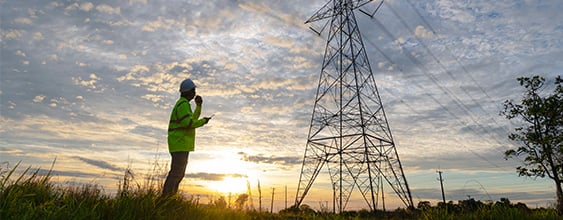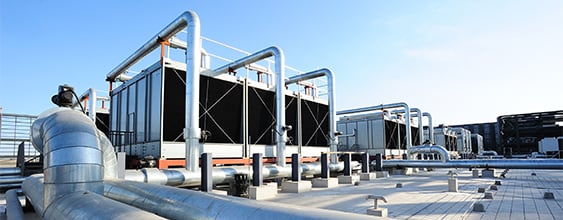In many parts of the world, people are encountering “extremer weather.” This includes bigger and more frequent storms, rain at unexpected times of year, and longer droughts. Heavier and more intense precipitation can mean that excess water just flows away, and due to longer dry times, there may not be enough water stored for agriculture, industry and humans overall.
Throughout history, people have built dams to hold reservoirs that balance supply and demand for water. But dams come at a cost – it can be a huge financial commitment, precious land is covered with water, there’s the risk of a dam bursting or being overtopped, and much of the stored water may be lost through evaporation. In addition, many reservoirs around the world have water quality issues, including sedimentation filling, reducing their storage capacity.
A World Bank report says that over the last 50 years, the global population has doubled, generating a constantly increasing demand for water and commensurate water storage. Yet the supply of natural water storage has decreased, declining by around 27,000 billion m³ due to melting glaciers and snowpack, and the destruction of wetlands and floodplains.
So how can we better store water to make our communities more climate resilient?
Depositing water into Mother Nature’s bank
Part of the solution lies in Managed Aquifer Recharge (MAR). An aquifer is an underground layer of water-bearing material, consisting of permeable fractured rock or unconsolidated materials. Some aquifers are huge, covering thousands of square kilometres, while others are just small local formations. Aquifers are commonly used throughout the world to abstract water for irrigation, drinking water supply and industrial use. Whilst aquifers will often naturally be recharged by infiltration from rainfall or surface water, over-abstraction can lead to declining groundwater levels and reduced aquifer yield.
MAR involves artificially recharging the aquifers at times of sufficient surface water flows, and using this stored water during drier periods. As such, MAR entails using aquifers as Mother Nature’s bank, making deposits of water at times of surplus, so that withdrawals can be made in times of shortage.
In MAR, surplus water can be taken from rivers in their high-flow season, and diverted to where it can be released into the aquifer. Shallow aquifer can often be recharged by infiltration basins, which are ponds from which the water flows down into the aquifer. For deeper and confined aquifers, the water is delivered into the target aquifer by injection wells. When the water is needed, it can be pumped back to the surface from abstraction wells.
MAR is not a new idea – one of the early applications of MAR was in the Netherlands in the 1960s, mostly to control saltwater intrusion into aquifers in the dunes near Amsterdam which are used to abstract water for municipal water supply. Another longstanding application is in southern California, where the Orange County Water District uses MAR as a key part of supplying the heavily-populated area with water. The District says it has purchased nearly 1,600 acres of land to maximize the capture and recharge of available water. More than two dozen infiltration basins slowly put water back into the underlying aquifer while naturally filtering and purifying it.
















